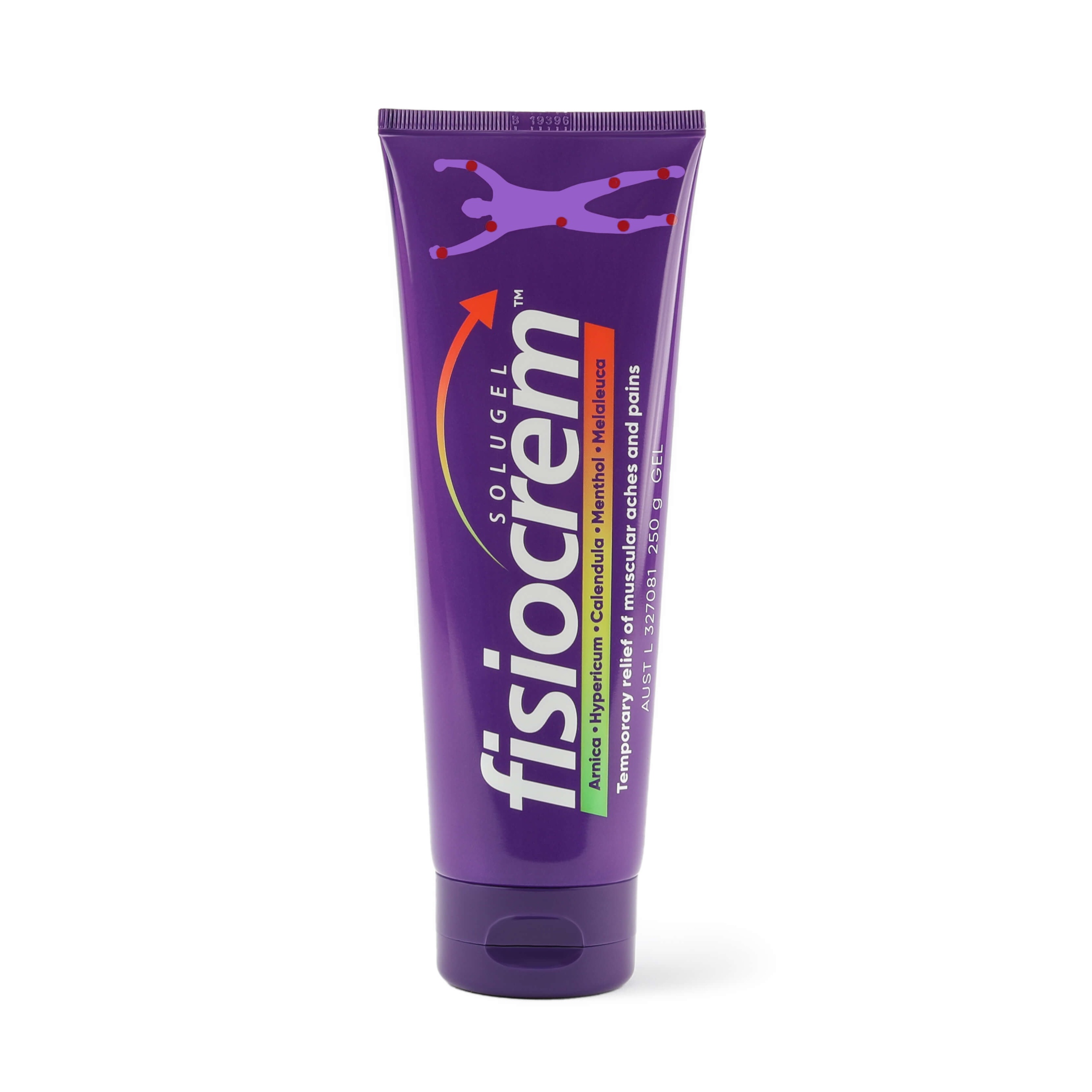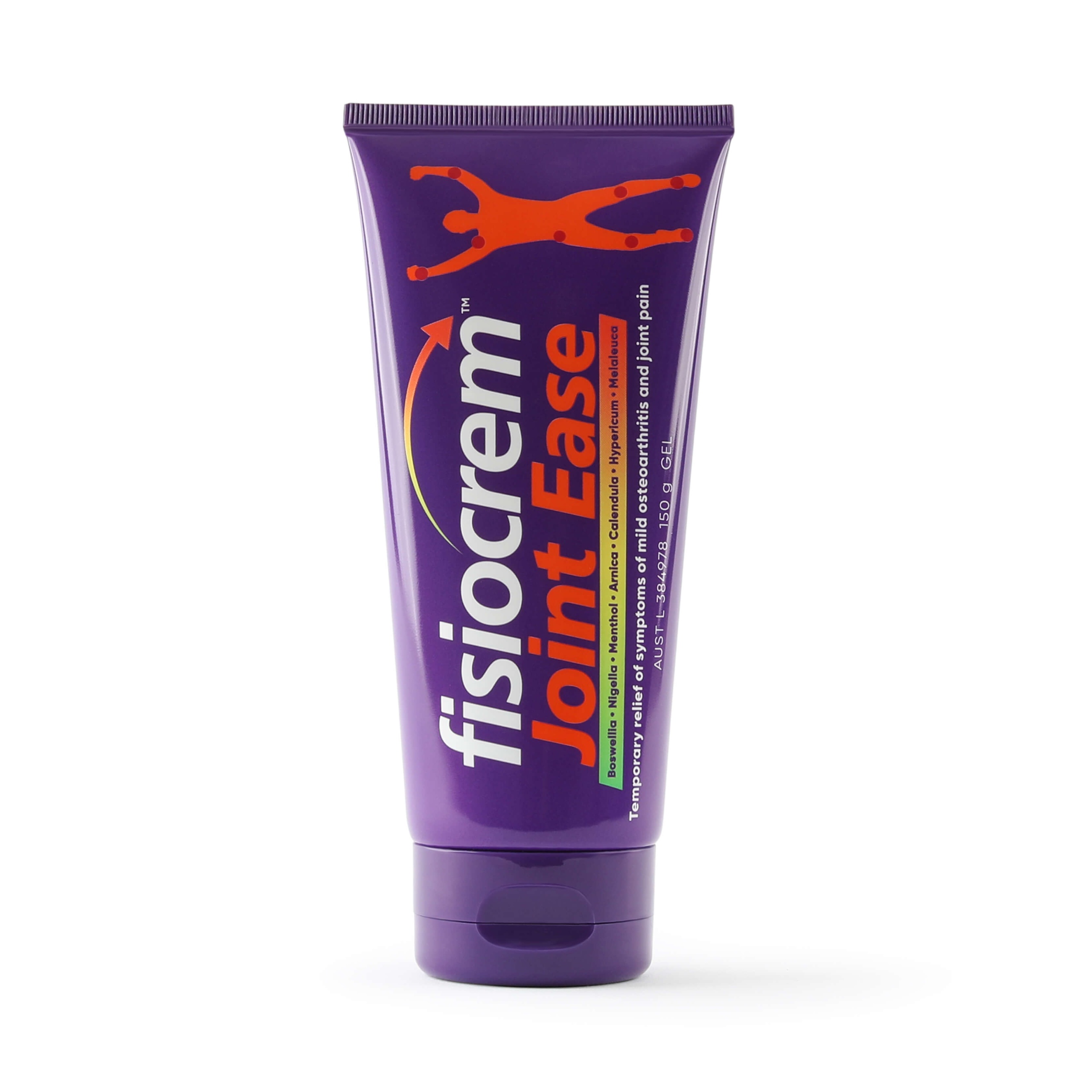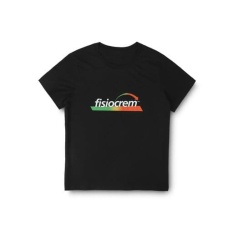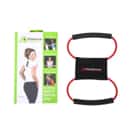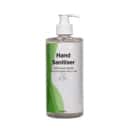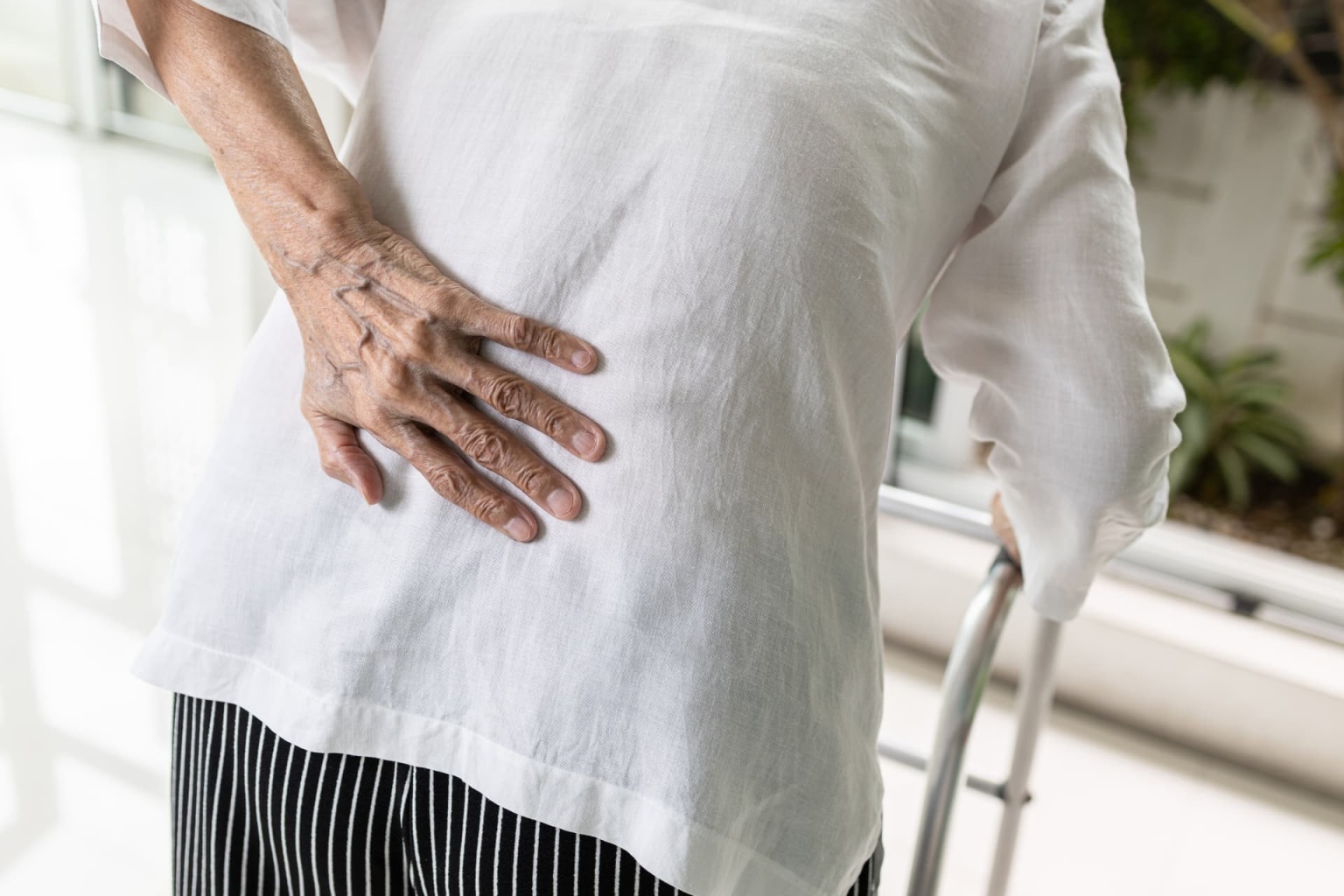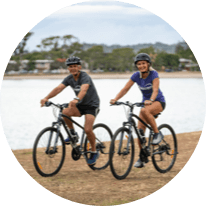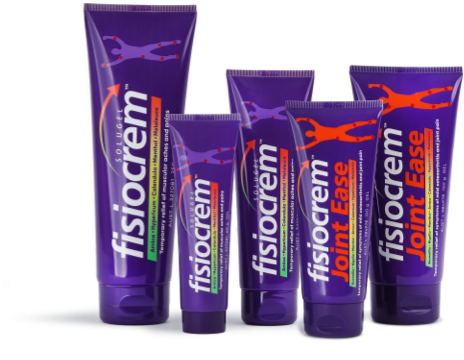Muscle and joint pain is a common complaint and a major health problem affecting the population (Bergman, 2007). This pain can significantly impact a personals daily life and activities. Pain can happen from exercise, getting older, or health problems.
This pain typically creates worse functional outcomes and can negatively impact a person’s quality of life (Kidd, 2006). Dealing with muscle and joint pain can be challenging, whether it’s a dull ache, sharp pain or persistent discomfort. This article discusses ways to reduce muscle and joint pain so you can move easily and without discomfort.
Introduction
Before diving into remedies, it’s essential to understand the root causes of muscle and joint pain.
Muscle and joint pain, also called musculoskeletal pain, can happen all over the body for different reasons. Some factors that can be a cause of this pain include injuries, overuse, inflammation, medical conditions, and lifestyle choices (Schaible, et al., 2009)(Kidd, 2006).
This pain can affect anyone, from athletes to office workers. It can range from mild discomfort to severe agony. Identifying the underlying cause can help tailor treatment approaches for effective relief.
Common Causes of Muscle and Joint Pain
1. Injuries
Acute injuries like sprains & strains are common sporting injuries that can have varying severity (Järvinen et al., 2000). Other injuries that can cause significant muscle and joint pain include fractures, dislocations, contusions and lacerations (Järvinen et al., 2007). These injuries often occur during sports activities, accidents, or sudden movements that put excessive stress on the musculoskeletal system.
2. Overuse & strain
A primary reason for muscle and joint pain is overuse and strain. Overload as a result of poor technique, or repetitive movements performed incorrectly can result in microtrauma & muscle imbalance (Järvinen et al., 2007). Excessive physical activity, insufficient recovery, and under-preparedness can lead to muscle fatigue, micro-tears, and inflammation, resulting in pain and discomfort (Aicale et al., 2018).
3. Inflammation
Infection, injuries, or inflammatory conditions in the body can cause muscle and joint inflammation (Sherwood et al., 2004). The inflammatory response triggers pain receptors, causing discomfort and tenderness.
4. Mild Arthritis/Mild Osteoarthritis
Mild arthritis and mild osteoarthritis are a common cause of joint pain. Mild osteoarthritis is a degenerative disease characterised by damage to the cartilage of the joints. Mild arthritis can lead to stiffness, swelling, tenderness and reduced mobility of the joint (Neugebauer et al., 2007).
Symptoms of Muscle and Joint Pain
- Swelling – a swollen feeling in the joints or tissues of the body (Muhammad, 2007). Swelling also known as edema, is a build-up of fluid trapped in the body’s tissues (Trayes et al., 2013). Swollen joints and muscles may appear red, warm and tender to the touch, indicating an inflammatory response.
- Stiffness – joint stiffness commonly occurs after periods of inactivity or prolonged immobilisation. Stiffness in the joints is a common symptom associated with mild arthritis (Kean, et al., 2004).
- Redness – inflamed or irritated tissues can appear red signalling increased blood flow to the affected area.
- Limited movement – muscle and joint pain can make it hard to move and do daily tasks. Reduced flexibility and mobility may worsen with time if the proper treatment and management do not occur.
Treatment options for muscle and joint pain
Doctors may prescribe medications like NSAIDs (ibuprofen), and muscle relaxants to ease pain, reduce swelling, and improve mobility (Cohen et al., 2004).
Physical therapy – programs from licensed physical therapists can help strengthen muscles, improve flexibility and correct movement patterns, reducing pain and preventing further injuries (Stucki, 2000).
Topical analgesics – topical joint & muscle pain relief creams and gels can help with localised pain. Relieving joint and muscle pain, aches and stiffness (Van Laar et al., 2012).
Severe joint pain may require surgery. Health professionals may recommend procedures like joint replacement or tendon repair to improve function and reduce pain (Sinusas et al, 2012).
Application of cold and heat therapy within 1hr post-exercise can reduce muscle pain and soreness (Wang et al., 2021). Heat therapy can help relieve mild joint pain and discomfort, and improve range of motion in winter (Hyun-Sook, 1995).
Other treatments like acupuncture, chiropractic care, and massage can help with muscle and joint pain relief (Parkinson et al., 2012). Massage therapy can help decrease pain, promote relaxation, increase blood flow, and relieve tension in the muscles (Frey Law et al., 2008).
If you experience aches and pains in muscles and joints, fisiocrem offers topical pain relief solutions.
fisiocrem Solugel - Muscle pain relief cream
fisiocrem Solugel is a muscle pain relief cream that contains menthol naturally derived active ingredients. fisiocrem is suitable for all muscle pain including calf muscle pain & neck muscle pain.
fisiocrem Solugel stands out as one of the best selling muscle pain relief creams in Australia. Find fisiocrem Solugel in your local pharmacy, Coles, Woolworths and Chemist Warehouse.
*IQVIA scan data 29/02/2024 showcases that fisiocrem Solugel is one of the most popular brands according to sales data in pharmacy.
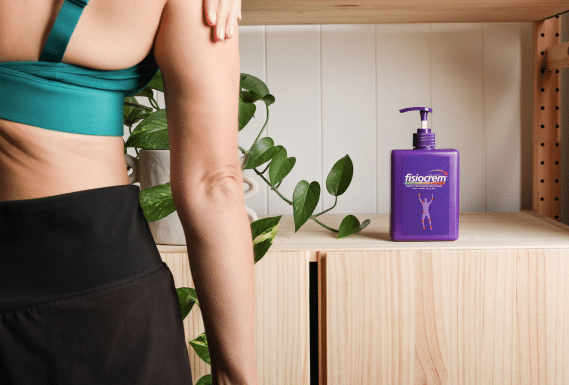
fisiocrem Joint Ease - Mild joint pain relief cream
fisiocrem Joint Ease helps temporarily relieve symptoms of mild arthritis, mild osteoarthritis, and mild joint pain.
fisiocrem Joint Ease is a joint pain relief cream that helps to relieve joint stiffness and pain and promotes healthy joint mobility.
Find fisiocrem Joint Ease at your local pharmacy & Chemist Warehouse.
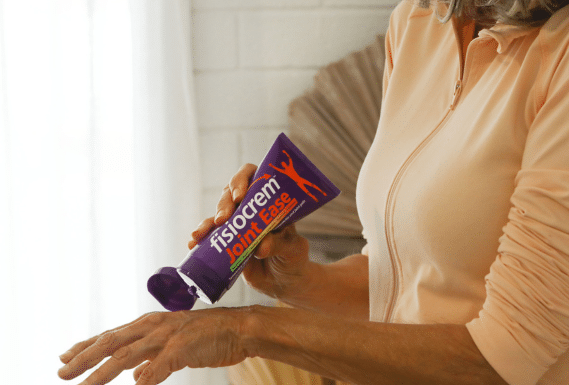
Joint and muscle pain can make simple tasks difficult, thus highlighting the need for effective pain management strategies.
Lifestyle Changes & Preventative Measures to
Manage Muscle and Joint Pain
Balanced Diet & Hydration
Eating a balanced diet with fruits, vegetables, whole grains, and lean proteins can reduce inflammation in the body. Hydration is important to help make the fluid that cushions and lubricates our joints, called synovial fluid (Benelam et al., 2010). Hydration is also beneficial for muscle strength recovery and overall cellular function (Harris et al., 2019).
Healthy Weight
Maintaining a healthy weight with a good diet and exercise can reduce strain on the body and improve overall health. If you are overweight or obese, it can cause pain in your muscles and joints. This can lead to worse joint health and more problems with the lower extremities of the body like the ankles, feet, and knees (Smith et al., 2013). A strong association exists with being overweight/obese with mild osteoarthritis pain and disability (Tukker et al., 2008).
Posture & Ergonomics
Good posture and ergonomic workspaces can help prevent muscle strain, discomfort, and musculoskeletal issues.
Regular Exercise
Exercise helps strengthen muscles, improve heart health, reduce pain and stiffness, and lower injury risk. Exercise is important for overall health and well-being. Stretching and flexibility exercises can help reduce pain, improve mobility, enhance muscle flexibility, and decrease stiffness and tightness (Behm et al., 2021).
Rest & Recover
Resting and allowing your body to recover between workouts is crucial for preventing injuries, minimising muscle fatigue, and facilitating tissue repair and regeneration.
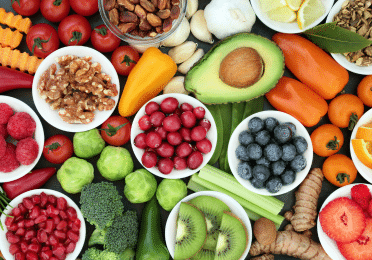

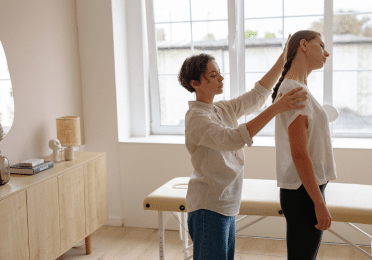
In summary, dealing with joint and muscle pains is a widespread issue that can greatly affect everyday activities. By having an understanding of muscle and joint pain, individuals can take proactive steps to manage their symptoms, improve their quality of life, and prevent future problems.
Remember to consult with a healthcare professional for advice and treatment recommendations based on your specific needs.
Citations
- Aicale, R., Tarantino, D., & Maffulli, N. (2018). Overuse injuries in sport: a comprehensive overview. Journal of Orthopaedic Surgery and Research, 13(1).
- Behm, D. G., Kay, A. D., Trajano, G. S., Alizadeh, S., & Blazevich, A. J. (2021). Effects of Acute and Chronic Stretching on Pain Control. Journal of clinical exercise physiology, 10(4), 150-159
- Benelam, B., Wyness, L. (2010). Hydration and health: a review. Nutrition Bulletin, 35(1), 3-25.
- Bergman, S. (2007). Management of musculoskeletal pain. 21(1), 153 – 166.
- Cohen, S. P., Mullings, R., Abdi, S., & Warltier, D. C. (2004). The Pharmacologic Treatment of Muscle Pain. 101, 495-526.
- Frey Law, L., Evans, S., Knudtson, J., Nus, S., Scholl, K., Sluka, K. (2008). Massage Reduces Pain Perception and Hyperalgesia in Experimental Muscle Pain: A Randomized, Controlled Trial. The journal of pain, 9(8), 714 – 721.
- Harris, P., Keen, D., Constantopoulos, E., Weninger, S., Hines, E., Koppinger, M., Khalpey, Z. (2019). Fluid type influences acute hydration and muscle performance recovery in human subjects. Journal of the international society of sports nutrition, 16 (1).
- Hyun-Sook, K. (1995). Journal of muscle & joint health, 2(2), 147-159.
- Järvinen, T., Järvinen, T., Kääriäinen, M., Aarimaa, V., Vaittinen, S., Kalimo, H., Järvinen, M. (2007). Muscle injuries: optimising recovery. 21(2), 317-331.
- Järvinen, T., Kääriäinen, M., Järvinen, M., Kalimo, H. (2000). Muscle strain injuries. Nonarticular rheumatism, sport-related injuries, and related conditions, 12(2), 155-161.
- Kean, W. F., Kean, R., & Buchanan, W. W. (2004). InflammoPharmacology, 12(1), 3–31.
- Kidd, B. (2006). Pain, 123(1), 6-9.
- Muhammad, Y. (2007). Role of central sensitization in symptoms beyond muscle pain, and the evaluation of a patient with widespread pain. 21(3), 481-497.
- Neugebauer, V., Han, J. S., Adwanikar, H., Fu, Y., & Ji, G. (2007). Molecular Pain, 3.
- Parkinson, L., Sibbritt, D., Bolton, P., van Rotterdam, J., & Villadsen, I. (2012). Clinical Rheumatology, 32(2), 167–180.
- Renström, P., & Johnson, R. J. (1985). Overuse injuries in sport. Sports Medicine, 2(5), 316–333.
- Schaible, H.-G., Richter, F., Ebersberger, A., Boettger, M. K., Vanegas, H., Natura, G., Vazquez, E., Segond von Banchet, G. (2009). Experimental Brain Research, 196(1), 153–162.
- Sherwood, E., Toliver-Kinsky, T. (2004). Mechanisms of the inflammatory response. Best practice & research clinical Anaesthesiology, 18(3), 385-405.
- Sinusas, K. (2012). Diagnosis and Treatment.
- Smith, S. M., Sumar, B., & Dixon, K. A. (2013). Musculoskeletal pain in overweight and obese children. International Journal of Obesity.
- Stucki, M. O. (2000). Scandinavian Journal of Rheumatology, 29(113), 78–85.
- Trayes, K. P., Studdiford, J. S., Pickle, S., & Tully, A. S. (2013). Edema: Diagnosis and Management. 88(2), 102-110.
- Tukker, A., Visscher, T., Picavet, H. (2008). Overweight and health problems of the lower extremities. Public health nutrition.
- Van Laar, M., Pergolizzi, J. V., Mellinghoff, H.-U., Merchante, I. M., Nalamachu, S., O’Brien, J., Perrot, S., Raffa, B. (2012). 6, 320-330
- Wang, Y., Li, S., Zhang, Y., Chen, Y., Yan, f., Han, L., Ma, Yuxia. (2021). Heat and cold therapy reduce pain in patients with delayed onset muscle soreness: A systematic review and meta-analysis of 32 randomized controlled trials. Physical therapy in sport, (48), 177-187.

